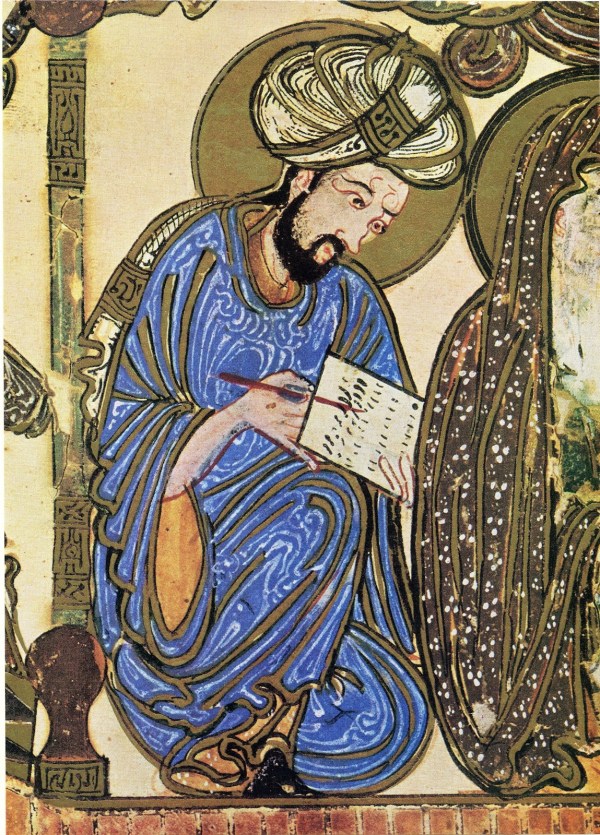Who was the Sheik al-Akbar?
Ibn al-Arabi was born in Murcia (modern day Spain) in 1165 A.D. but grew up in Seville.
As an adolescent spirituality and mysticism attracted him. He was but sixteen years of age when he first went into seclusion. During this time he had a deep spiritual awakening.
He confounded the Islamic philosopher Averroes (Ibn Rushd), as he is famous for. He had contact with several spiritual beings. These were Qur’anic prophets, as well as the mysterious figure al-Kidhr.
Ibn al-Arabi quickly rose as a teacher (Arab. sheik). He experienced multiple visions and ‘openings’ during his life time. One such vision is the miraj, a mystical journey through the seven heavens. Each sphere have their respective prophets, and he met with each one, gaining their spiritual insight.
Arabi authored several books, among which are Al-Futuhat al-Makkiya, and Fusus al-Hakam. We know these two major works in English as, The Meccan Openings, and The Bezels of Wisdom. He was to Islamic mysticism what Pseudo-Dionysius was to Christian mysticism.
While teaching in several places, throughout his life. He spent his final days in Damascus, dying at the age of 75 in the year 1240 A.D. We may visit his shrine today in Damascus, Syria.
Teachings:
Sheik al-Akbar is a term meaning ‘The Greatest Teacher’. Most Sufi sects today revere him. Though many mainstream Sunni Muslims (exoteric) view him as a heretic.
His main contribution to Islamic mysticism was Wahdat al-Wujud -the Oneness of Being, as termed by his disciples. This doctrine is in agreement with the Islamic doctrine of tawhid– Oneness, or monotheism. But more than being merely a theological point, it was fundamentally ontological.
He’s often accused of teaching pantheism, but existential monism is more his view. He believed that all things are huwa la-huwa, or He, not-He. By ‘He’ we mean the divine He-ness, the Essence, or the One. The One transcends all things, and is unknowable. The Hidden Treasure wished to see Itself. He thus revealed Himself through the ninety nine divine names, God’s attributes. Creation reflects these names, particularly in man. Mankind is the pupil through which God sees Himself, in the cosmos as in a mirror. Perfect Man (insan al-kamil) is the locus by which God reveals Himself to Himself, and this is the Cosmos. And this is as God seeing through man.
The way to attainment
For a person to come to the highest spiritual station they must be in perfect accord with their Lord. The Lord-servant (rabb/abd) relationship is of utmost importance. This is with adab – courtesy or reverence toward God. Each person has their particular Lord specific to them. This Lord may be a specific divine name, or under its influence. The Lord and servant share a unique bond, as the individual is the secret of his or her Lord. The Lord provides the person (or individual existent) with their existence, while the servant provides the Lord with Self-knowledge. The servant is thus the loci for God’s Self-manifestation. This dipolar relationship is necessary in order to come to that Oneness in the divine Essence.
There are of course many other teachings of which Ibn al-Arabi wrote. Several other scholarly writers have undertaken to translate and dissect his many writings, albeit in piecemeal. If one wished to read further, I would suggest William C. Chittick as a major source of information.

